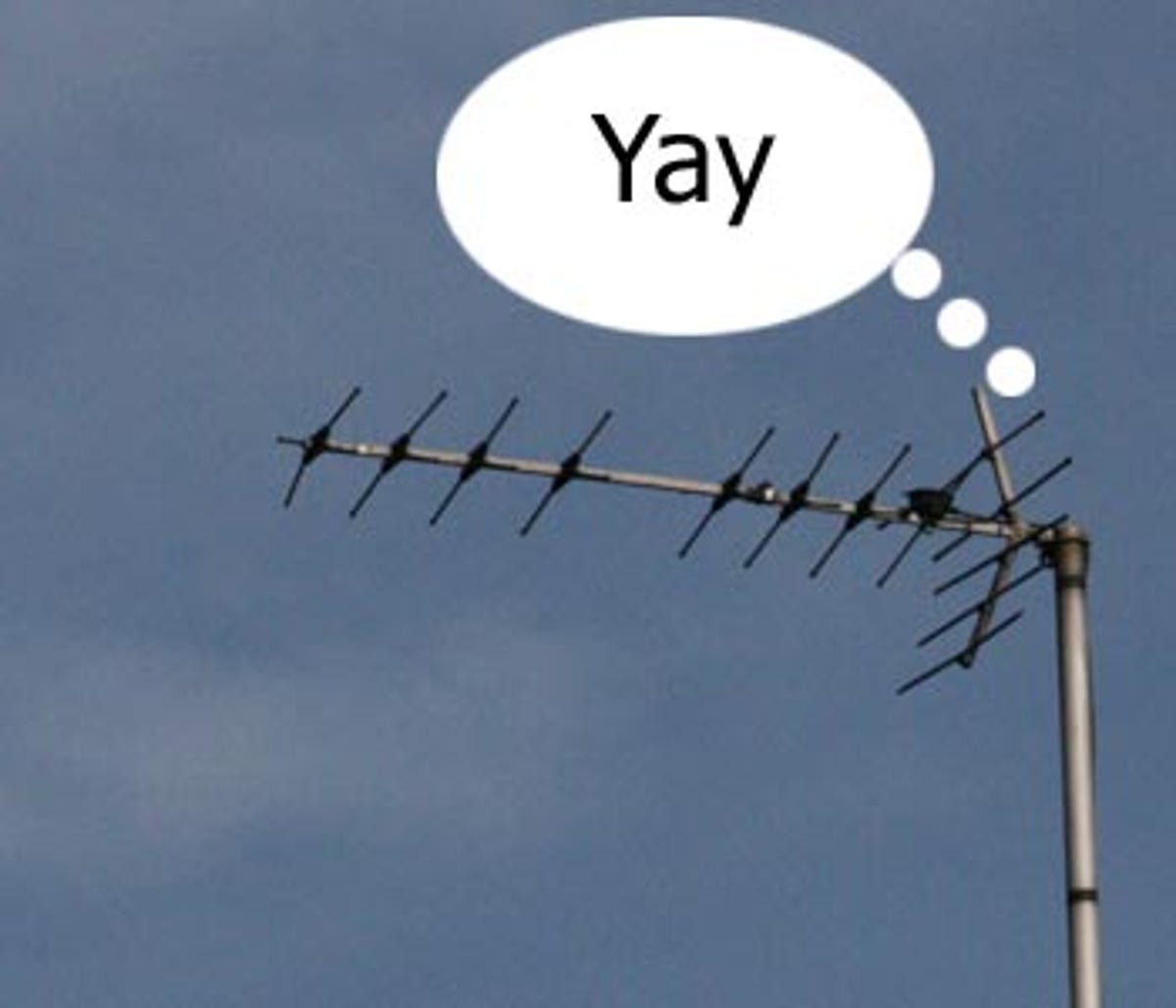
Ofcom has finally announced its plans for high definition channels on Freeview. Although we’ve known for some time that HD would come to Freeview eventually, it’s taken the regulator quite a while to work out the fine details of how it will all come together. The good news is, certain regions will have access to the service from next year, with the rest of the country getting it as the digital switchover continues.
Initially there will be space for three HD channels, and these will be from the BBC, ITV and Channel 4. A fourth channel will become available at some point in the future, and it seems reasonable to assume that Five might be interested in that space — it does, after all, have a bunch of American shows that are all shot in HD.
ITV has already announced that it will allow other services access to its space outside primetime, which is either great news, if used properly for movies or on-demand content, or an opportunity for QVC HD to launch — no, we really aren’t joking, such a thing does exist. We were hoping that ITV and Channel 4 would do simulcasting with their existing channels, giving us the opportunity to see high-quality, albeit standard-definition versions of their channels, which would be advantageous for people with flat-screen TVs that suffer with low-bit rate channels.
Manchester will be the first to get the service, with Wales and Scotland following the year after. London won’t get any HD until after the Olympics, and neither will homes in the Tyne Tees and Ulster TV regions. Although this is bad news if you live in one of those regions, it should mean that there’s more HD material available, which is good for the currently sparsely populated freesat HD channels.
Unfortunately, there’s no way for the new HD channels to work with existing Freeview boxes. Don’t worry though — this won’t mean you’ll suddenly be without Freeview when the HD service launches, but you will need to buy a new box to get the benefit of the channels. This is easily the best way of providing HD via Freeview, because it means that the new HD multiplex can use MPEG-4 encoding as well as the new DVB-T2 transmission system, which greatly increases the space available from around 25Mbps to 35Mbps. That should mean that the HD channels have a sensible amount of space in which to operate.
Hot on the news of this, freesat sent out a press release moaning about how much better everything is over satellite, but of course we all know nothing could be further from the truth. Freeview HD is a great idea, and done well could be the saving of the platform. Fingers crossed Ofcom doesn’t change its mind and licence 20 new shopping channels instead. –Ian Morris




